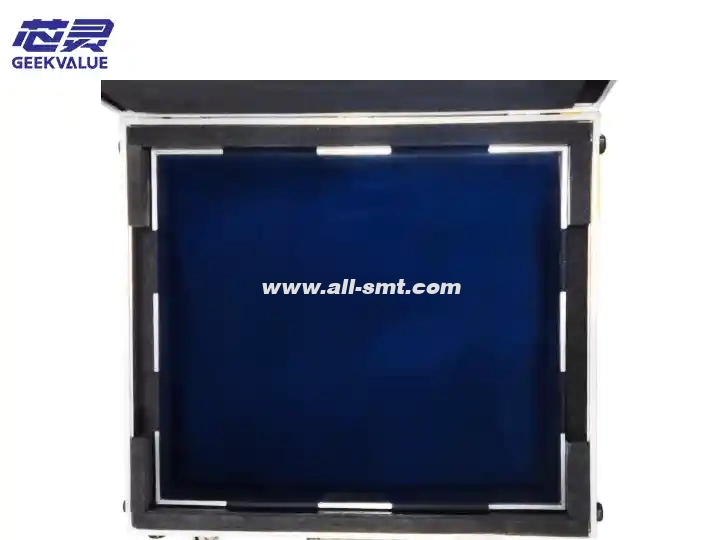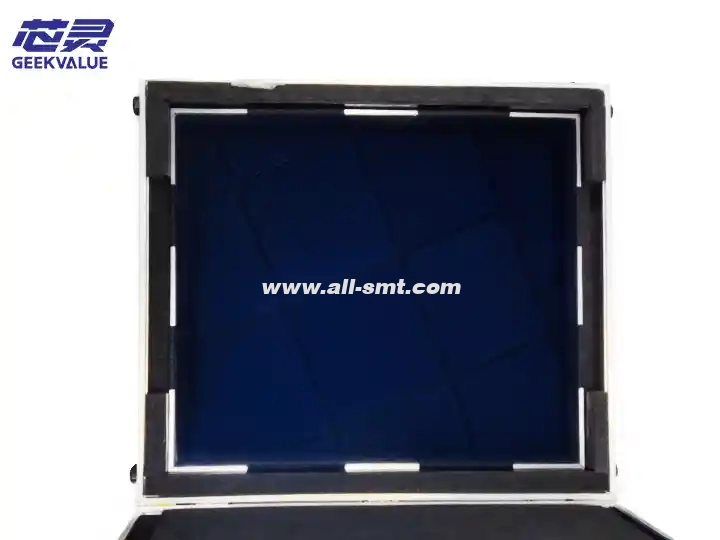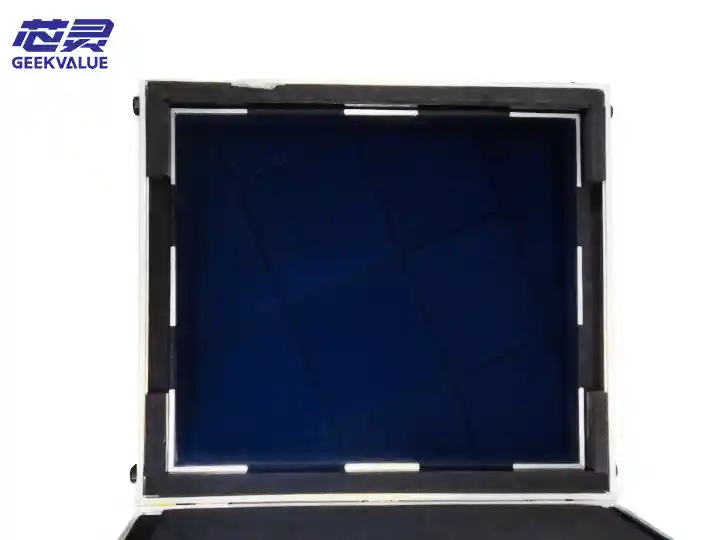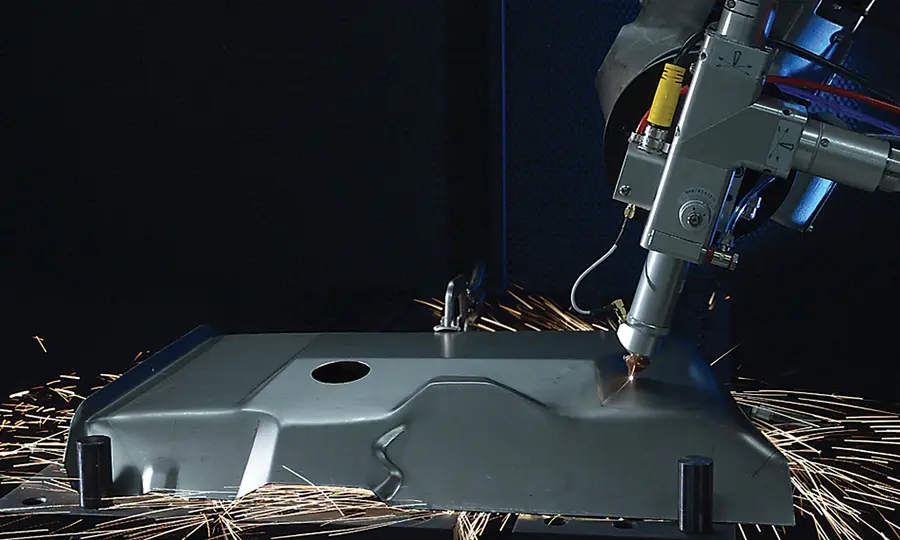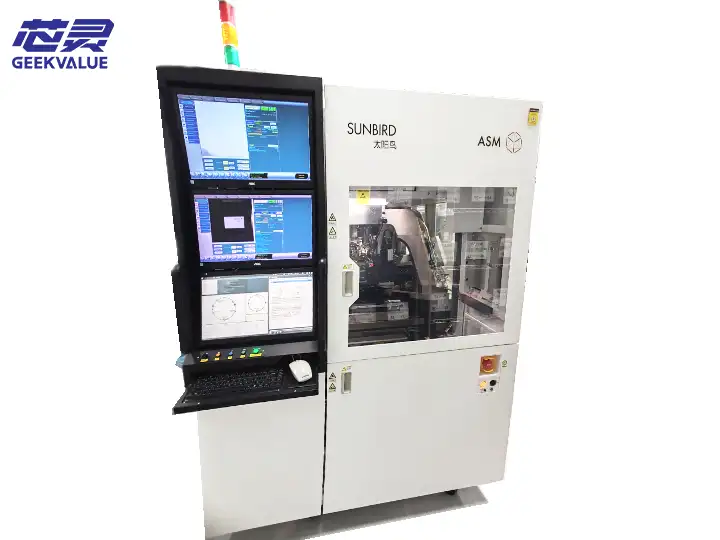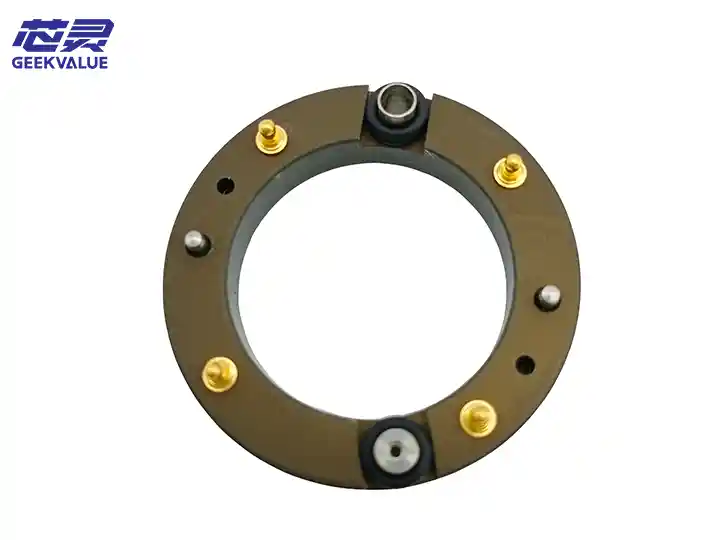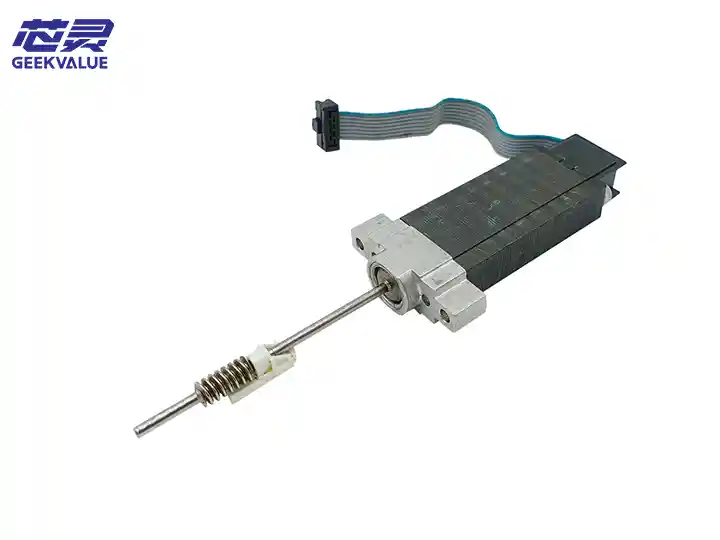ASM placement machine MAPPING tool is a software tool developed specifically for ASM (Assembléon/Siemens) series surface mount equipment, mainly used for accurate positioning and calibration of component placement positions. This tool uses high-precision image processing technology to achieve accurate mapping of PCB boards, components and placement positions, ensuring that the placement machine can accurately place components at the designed position.
2. Core functions
Reference point recognition and calibration
Automatically identify Fiducial on PCB Mark (reference point)
Compensate for position deviation during PCB manufacturing and clamping
Supports identification of multiple reference point shapes and materials
Component position mapping
High-precision identification of component position in the feeder
Compensate for feeder installation position deviation
Identify component polarity direction
Mounting position correction
Dynamically adjust mounting coordinates according to actual PCB position
Compensate for position error caused by PCB thermal deformation
Multi-panel independent correction function
3D height mapping
Component height measurement and compensation
PCB warpage detection and compensation
Solder paste thickness measurement (some advanced models)
III. Technical features
High-precision visual system
Using high-resolution CCD camera (usually 5-20μm resolution)
Multi-light source lighting system (coaxial light, side light, ring light, etc.)
Advanced image processing algorithm
Intelligent compensation algorithm
Global compensation based on least squares method
Local area compensation technology
Temperature Drift compensation
Efficient processing capability
Support multi-camera parallel processing
Fast calibration technology (<1 second/point)
Big data processing capability (supports large number of panelized PCBs)
IV. Workflow
Preliminary preparation
Import Gerber/PCB design files
Set reference point parameters
Define mapping area and accuracy requirements
Automatic mapping process
PCB global reference point scanning
Local reference point accurate positioning
Component position acquisition
Data analysis and compensation calculation
Result verification
Virtual placement simulation
First piece verification
Compensation data output to placement machine
V. Application advantages
Improve placement accuracy
Can improve placement accuracy by 30-50%
Reduce quality problems caused by position deviation
Improve production efficiency
Reduce manual correction time
Reduce first piece failure rate
Support fast line change
Enhance process capability
Support ultra-fine pitch components (01005, 0.3mm BGA, etc.)
Adapt to high-density PCB design
Handle flexible boards and special-shaped boards
Reduce production costs
Reduce material waste
Reduce rework rate
Extend equipment life
VI. Typical application scenarios
High-precision electronic products
Mobile phone, tablet motherboard
Wearable devices
High-density interconnect (HDI) board
Small batch multi-variety production
Aerospace electronics
Medical equipment
Automotive electronics
Special process requirements
Bottom filling process
3D stacking package
Sepcial-shaped component placement
VII. Mainstream models in the market
ASM SIPLACE series supporting tools
SIPLACE MAPPING Pro
SIPLACE CA
SIPLACE 3D MAPPING
Third-party development tools
CAMALOT MAPPING Suite
SMT Expert Mapping System
Viscom iMap Series
VIII. Future Development Trends
AI Technology Integration
Adaptive Compensation Based on Deep Learning
Intelligent Defect Prediction
Self-Optimizing Parameter Settings
Industry 4.0 Integration
Deep Integration with MES System
Cloud Data Analysis and Optimization
Application of Digital Twin Technology
Multi-Function Integration
Combined with SPI and AOI Functions
Online Real-time Compensation
Predictive Maintenance Function
As a key auxiliary system in modern SMT production, ASM placement machine MAPPING tool is developing from a simple positioning and calibration tool to a comprehensive solution integrating quality monitoring, process optimization and production management, providing important technical support for the development of the electronic manufacturing industry towards intelligence and flexibility.
